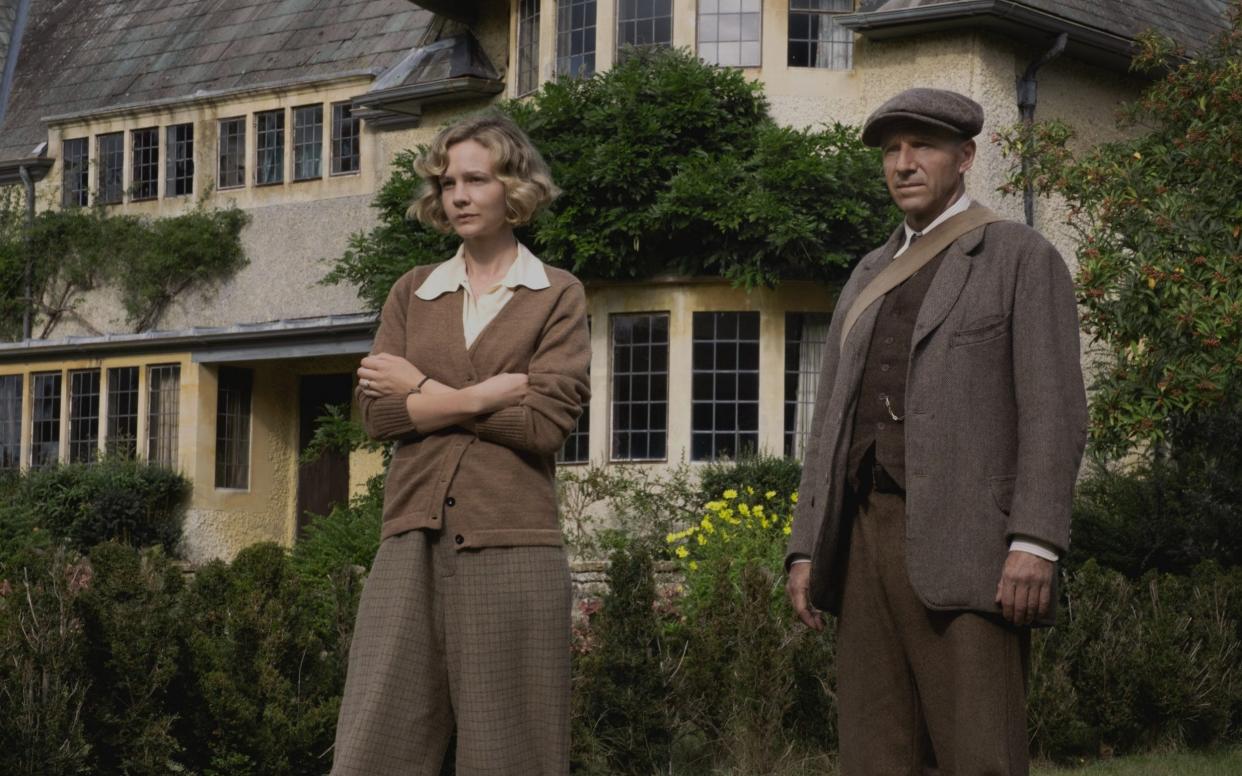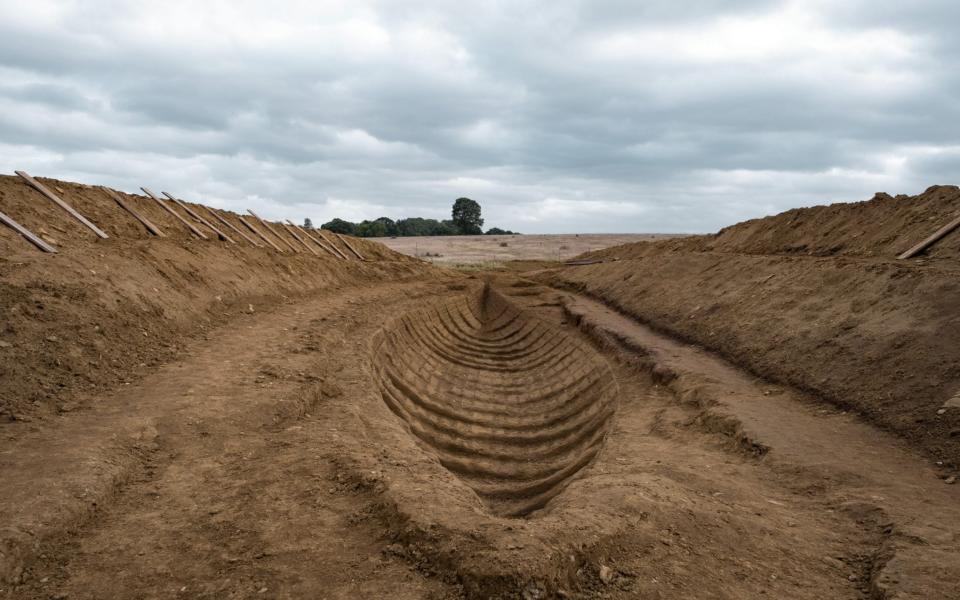The Dig: Sutton Hoo Netflix drama accused of dirtying scholar's name

When watching The Dig, the new Netflix drama about the discoveries at Sutton Hoo, viewers can be in little doubt as to the villain of the tale.
Charles Phillips is a Cambridge academic who commandeers the site on behalf of the British Museum and steals the glory from local man Basil Brown.
But the portrayal is unfair, according to experts and those who knew Phillips personally. They have defended Phillips’ reputation, saying he was nothing like the pompous figure played in the film by Ken Stott.
The National Trust has warned against “over-romanticising” the role of Brown, a self-taught, working class man who was first to uncover the Anglo-Saxon burial ship on the Suffolk estate near his home.
The British Museum, which houses the Sutton Hoo treasures, says the tension between the two men has been overplayed for the sake of entertainment.
Laura Howarth, archaeology manager for the National Trust, which runs the Sutton Hoo site, said: “Basil started this project. He was the one who revealed the character of the ship’s burial, who sensitively revealed the fossil of the ship.

“But I think we are in danger sometimes of over-romanticising his involvement, although he was very well-respected, and his capabilities and what he’d done up to that point were commended by others.”
The film is based on a book by John Preston, whose aunt, Peggy Piggott, worked on the excavation. Haworth said: “The book is inspired by the events of Sutton Hoo. But in terms of what actually happened – Basil did his best with the tools and capabilities that he had at the time, but I think sometimes we don’t recognise or acknowledge the things that the other archaeologists brought as well: that professional eye that was needed in terms of the reports, the plans, the photographs, the record-keeping.”

In the film, which stars Ralph Fiennes as Brown and Carey Mulligan as landowner Edith Pretty, Phillips arrives on the scene and declares to Brown: “I am Charles Phillips, archaeologist, and I am here to tell you that as this is a find of national interest, the British Museum will be taking charge. Your excavating service is no longer required.”
In reality, Phillips was employed by the Office of Works, not the British Museum.
The museum has diaries belonging to both men, in which Brown writes of “having words” with Phillips.
However, Dr Sue Brunning, curator of the museum’s European early medieval and Sutton Hoo collections, said: “They were quite different people, but they buried the hatchet quite quickly.

“It’s a great story: the self-taught person versus the professional archaeologist, the local people versus the Establishment. But certainly when we look at the diaries of the two men, the relationship between them seems to have been fairly good.
“I can see why they emphasised that central tension in the film – it’s entertainment. There are elements of artistic licence. We should remember that these were real people who are not around to answer for themselves, and we should approach it with the attitude that it is a piece of drama. The reality was a little bit more complicated.”

Brown confessed to feeling “relief” at the arrival of the professional archaeology team. “He recognised that he needed extra assistance,” Dr Brunning said.
Eric Houlder, who worked as a Sutton Hoo supervisor during the second dig in the 1960s, said Stott's portrayal of Phillips “was an insult to a fine archaeologist” and the character “was nothing like the overbearing and bombastic Phillips of the film”.
Fiennes has described Brown as a victim of “class and academic snobbery”.

It is true that when the treasures were unveiled to the public at the Festival of Britain in 1951, their discovery was credited to Phillips and his team, while Brown’s crucial role in unearthing the ship went unmentioned.
Dr Brunning said: “The emphasis in the early displays was on the artefacts, because they were so spectacular and what everyone wanted to learn about.
“Once they went on permanent display at the British Museum in 1985, Basil Brown was referenced and has been ever since.”


